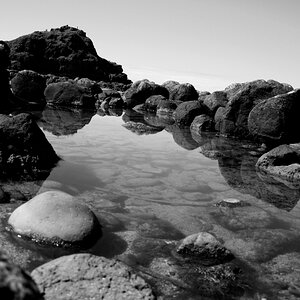Navigation
Install the app
How to install the app on iOS
Follow along with the video below to see how to install our site as a web app on your home screen.

Note: This feature currently requires accessing the site using the built-in Safari browser.
More options
You are using an out of date browser. It may not display this or other websites correctly.
You should upgrade or use an alternative browser.
You should upgrade or use an alternative browser.
Sun/shade photos
- Thread starter Just me
- Start date
Designer
Been spending a lot of time on here!
- Joined
- Apr 13, 2012
- Messages
- 18,505
- Reaction score
- 4,853
- Location
- Iowa
- Can others edit my Photos
- Photos OK to edit
Add light. Just a little fill flash in this case. Or a reflector if you have a good angle on the sun working with you. This shot will not give you much time, but you should be able to pop up your built-in flash fairly quickly.
Just me
TPF Noob!
Thank you Designer.. I'm embarrassed to admit I'm using everything set to "automatic", including the flash.
Sounds like this may be an opportunity for me to start making some of my own decisions. I guess the best way to learn, is to go out and start experimenting.... thank you for steering me in the right direction.
Sounds like this may be an opportunity for me to start making some of my own decisions. I guess the best way to learn, is to go out and start experimenting.... thank you for steering me in the right direction.
- Joined
- Mar 8, 2011
- Messages
- 25,160
- Reaction score
- 9,010
- Location
- Iowa
- Website
- pixels.com
- Can others edit my Photos
- Photos NOT OK to edit
The scene may have bright enough for the 'auto' flash not to be turned on.
"Auto" simply means the camera responds to the choices made by the software in the camera. It can't read your mind.
"Auto" simply means the camera responds to the choices made by the software in the camera. It can't read your mind.
- Joined
- Apr 9, 2009
- Messages
- 41,401
- Reaction score
- 5,706
- Location
- Iowa
- Website
- kharrodphotography.blogspot.com
- Can others edit my Photos
- Photos OK to edit
Dappled sunlight is tough to deal with. It is often best to avoid it if at all possible.
Like Designer said adding a bit of fill lighting will certainly help.
Any added light is going to be added to both the parts of the scene lit by direct sunlight and the shaded parts.
With experience you will get to the point you will know how much light needs to be added.
DSLR cameras offer 3 or 4 light metering modes - Spot, Partial, Center-weighted, or Matrix/Evaluative.
If you have the time you can Spot meter the shade and then spot meter the direct sunlight and use those measurements to decide how much light needs to be added.
Like Designer said adding a bit of fill lighting will certainly help.
Any added light is going to be added to both the parts of the scene lit by direct sunlight and the shaded parts.
With experience you will get to the point you will know how much light needs to be added.
DSLR cameras offer 3 or 4 light metering modes - Spot, Partial, Center-weighted, or Matrix/Evaluative.
If you have the time you can Spot meter the shade and then spot meter the direct sunlight and use those measurements to decide how much light needs to be added.
Designer
Been spending a lot of time on here!
- Joined
- Apr 13, 2012
- Messages
- 18,505
- Reaction score
- 4,853
- Location
- Iowa
- Can others edit my Photos
- Photos OK to edit
Thank you Designer.. I'm embarrassed to admit I'm using everything set to "automatic", including the flash.
Yup, time to learn how to use your flash for fill. As 480sparky wrote; the camera will not always pop the flash up if it is on automatic. Read your user's manual to find out how to get all that working.
Just me
TPF Noob!
Thanks everyone, you've all been helpful. I've read the manual and am trying to read and learn what I can from the various forums... but there's a LOT to absorb.  Maybe I'll make sun/shade photos my "homework" for this week and try to concentrate on one thing at a time.Being so inexperienced, I didn't realize the photo wouldn't work until I got it home and downloaded it to my computer... then attempted to edit/correct the lighting. Nothing seemed to work, which told me if was an error on my part with the original photo. You've given me some great advise, thank you all.
Maybe I'll make sun/shade photos my "homework" for this week and try to concentrate on one thing at a time.Being so inexperienced, I didn't realize the photo wouldn't work until I got it home and downloaded it to my computer... then attempted to edit/correct the lighting. Nothing seemed to work, which told me if was an error on my part with the original photo. You've given me some great advise, thank you all.
TCampbell
Been spending a lot of time on here!
- Joined
- Mar 31, 2012
- Messages
- 3,614
- Reaction score
- 1,556
- Location
- Dearborn, MI
- Can others edit my Photos
- Photos OK to edit
"Fill" flash means that rather than the flash behaving as the primary source of light, it's used to "fill" the shadow areas. This means the flash is typically set to be a bit weaker than the main source of light.
On cameras or flashes that allow you to control the amount of power used by the flash, you can usually dial the flash back to "-1" Each full "1" value means either a doubling or halving of the power level... so "-1" means you want the flash to fire at 1/2 the amount of power the camera would normally have used. This means the scene is lit by about 2/3rds natural light and 1/3rd flash. The result is an image where you still have shadows (so the image will look natural)... but the shadows are gentle rather than harsh-deep shadows.
If you have a camera that does not allow you to control the amount of flash, just set the camera to force the flash to fire. It will be an improvement over the deep shadows, but you may not notice much of the naturally occurring shadows.
On cameras or flashes that allow you to control the amount of power used by the flash, you can usually dial the flash back to "-1" Each full "1" value means either a doubling or halving of the power level... so "-1" means you want the flash to fire at 1/2 the amount of power the camera would normally have used. This means the scene is lit by about 2/3rds natural light and 1/3rd flash. The result is an image where you still have shadows (so the image will look natural)... but the shadows are gentle rather than harsh-deep shadows.
If you have a camera that does not allow you to control the amount of flash, just set the camera to force the flash to fire. It will be an improvement over the deep shadows, but you may not notice much of the naturally occurring shadows.
annamaria
Been spending a lot of time on here!
- Joined
- Sep 18, 2013
- Messages
- 3,595
- Reaction score
- 978
- Location
- Milledgeville, GA
- Can others edit my Photos
- Photos OK to edit
Good explanation TCampell. Definitely useful for me.
ishaanb1
TPF Noob!
- Joined
- Oct 1, 2014
- Messages
- 3
- Reaction score
- 0
- Can others edit my Photos
- Photos NOT OK to edit
Fill flashes are way off for someone beginning photography. I'd say loose the auto. Set your camera on av for a start, experience and experiment, then ease into manual with practice. Your camera can do amazing things on its own if use it to it's fullest.
Last edited:
mcap1972
No longer a newbie, moving up!
- Joined
- Jul 14, 2011
- Messages
- 294
- Reaction score
- 37
- Location
- Toronto ON
- Website
- www.avangardphoto.com
- Can others edit my Photos
- Photos NOT OK to edit
When it's sunny shoot into the sun or shoot in full shade.
AlanKlein
Been spending a lot of time on here!
- Joined
- Nov 24, 2011
- Messages
- 2,265
- Reaction score
- 816
- Location
- NJ formerly NYC
- Website
- www.flickr.com
This is an excellent lesson you learned about "dappled" lighting. Shooting under a tree with the sun out often causes this problem. You see it all the time when shooting in the woods. Flash only helps a little because it lightens the lighter areas as well as the darker areas so you still have this effect. This is when overcast days work for you. The sky acts like a huge light diffuser giving you even light throughout and eliminating the dappled look.
dennybeall
No longer a newbie, moving up!
- Joined
- May 13, 2014
- Messages
- 2,308
- Reaction score
- 441
- Location
- OTOW - Ocala, Florida
- Website
- www.citrusphotorestore.com
- Can others edit my Photos
- Photos OK to edit
I'm not familiar with your camera but many cameras have a meter mode called spot mode. If you point the spot meter at the dark area then it will expose for the darker area. The problem being that then the bright areas will be overexposed. So look for an area that's in the middle of bright and dark and then post process. Fill flash or reflectors are still the best.
Similar threads
- Replies
- 8
- Views
- 353

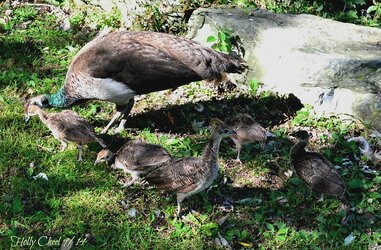
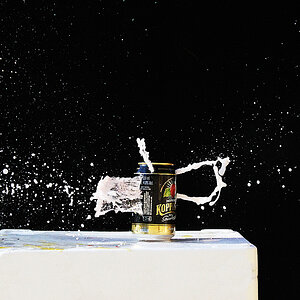
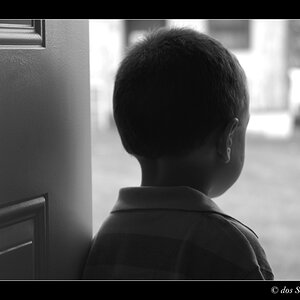
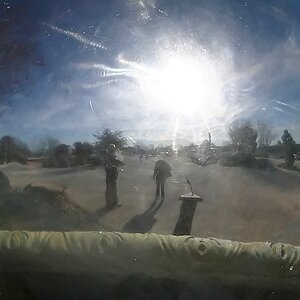
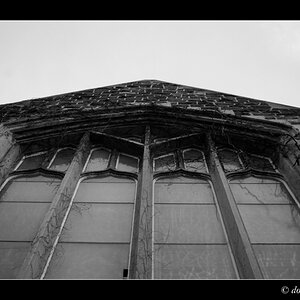
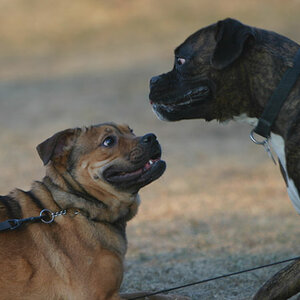
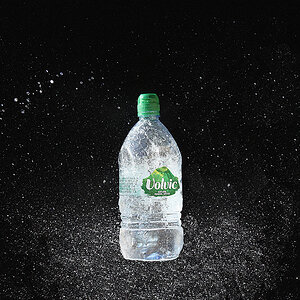
![[No title]](/data/xfmg/thumbnail/35/35946-771bfce9b2727c9126587d96c471da80.jpg?1619737254)
![[No title]](/data/xfmg/thumbnail/39/39498-362f11d9bfd0d9e222faa85b38801745.jpg?1619739056)
![[No title]](/data/xfmg/thumbnail/42/42059-61b97bbebb00e6276672551f4e3b3e43.jpg?1619739995)
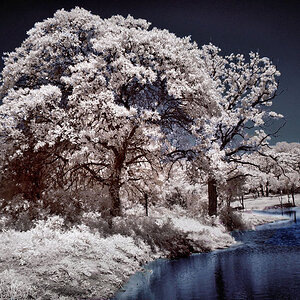
![[No title]](/data/xfmg/thumbnail/36/36658-525087f40e1bdbfe8b995ce4296ef4a6.jpg?1619737675)
